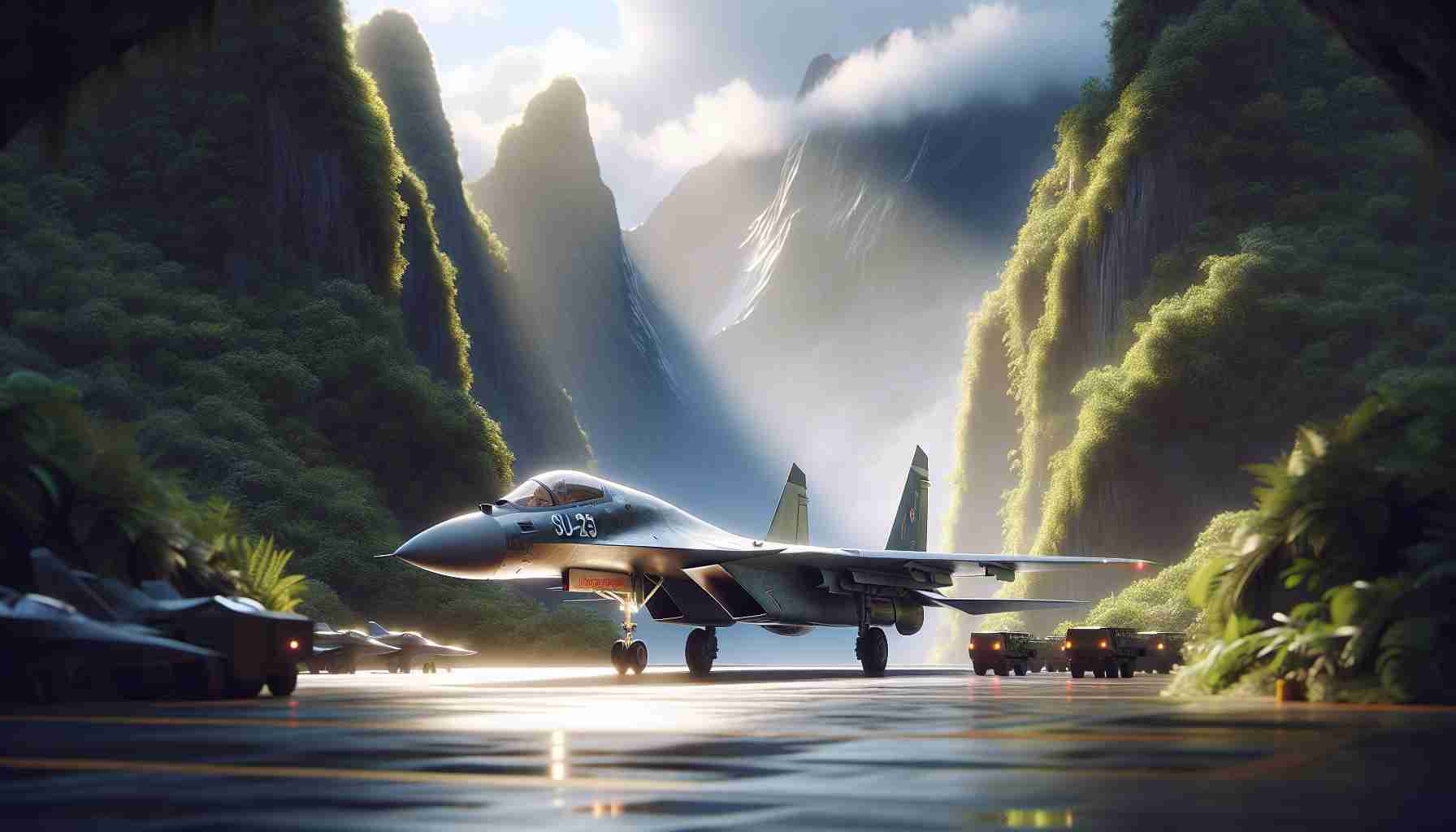In a significant development, Iran has received its first two Su-35 fighter jets from Russia, marking a pivotal moment in its military upgrade. On 18 November, a ceremony was held at the aviation plant in Komsomolsk-on-Amur, where these advanced multirole aircraft were handed over to Iran.
Initially, Iran aimed to acquire 25 of these formidable aircraft, but the order was substantially increased to 50, according to reports from the German publication Flug Revue. These jets were delivered in parts to Tehran’s Mehrabad Airport via an An-124 transport aircraft. From there, they are set to be reassembled and integrated into the fleet of the Iranian Air Force at the Hamadan airbase.
The Su-35, a 4++ generation fighter developed in Russia, is an improved variant of the Su-27 and is renowned for its superior manoeuvrability and wide array of combat capabilities. Equipped with the “Irbis-E” radar, the aircraft can detect targets up to 400 km away and track multiple objects simultaneously. It carries diverse weaponry, including air-to-air, air-to-ground missiles, and guided bombs.
Although the Su-35 boasts impressive capabilities, its high production and operation costs, alongside stiff competition from Western jets such as the F-35, pose challenges to its global market appeal. Recent satellite imagery indicates the construction of shelters in Iran likely intended for these fighters, suggesting strategic preparations for their operation.
In March 2023, Iran finalised a contract with Russia to purchase these state-of-the-art jets, underscoring a significant enhancement of its aerial combat capabilities.
The Strategic and Tactical Impact of Iran’s Acquisition of Su-35 Jets
In the expanding landscape of global military aviation, Iran’s acquisition of the Russian-made Su-35 fighter jets signifies a strategic shift in its aerial defence posture. This recent procurement of advanced fighter technology is set to bolster Iran’s strategic defence capabilities considerably. Below, we’ll delve into the implications, features, and market analysis of the Su-35 jets and what they mean for Iran.
Features and Advancements of the Su-35
The Su-35 is a state-of-the-art 4++ generation fighter jet, renowned for its extensive array of advanced aviation technologies. It’s an upgraded version of the Su-27, featuring the following key specifications:
– Irbis-E Radar System: Capable of detecting targets at a distance of up to 400 kilometres, allowing for superior situational awareness and target tracking.
– Combat Versatility: Equipped to carry a wide variety of missiles and guided bombs, like air-to-air and air-to-ground munitions, making it a formidable opponent in various combat scenarios.
– Superior Manoeuvrability: The airframe design allows for exceptional agility, crucial for dogfighting and evasion tactics.
Strategic Implications for Iran
With the integration of the Su-35 into its air force, Iran is poised to enhance its national defence capabilities significantly. This move is seen as both a strategic deterrence and a potential game-changer in regional aerial combat dynamics.
– Regional Balance of Power: Iran’s increased aerial capabilities may shift the balance of air power in the Middle East, challenging the dominance of Western-made fighters deployed by neighbouring countries.
– Enhanced Defence: The Su-35s will likely be stationed at key airbases, such as Iran’s Hamadan, enabling rapid response to air threats.
Market Analysis and Comparisons
The Su-35, while advanced, is also subject to considerable challenges in the global defence market:
– Cost Considerations: High production and maintenance costs, coupled with the ongoing improvements in Western jets like the F-35, restrict the Su-35’s appeal to budget-conscious militaries.
– Market Competition: Western-made aircraft continue to dominate markets not just due to performance but also through strategic alliances and political considerations.
Despite these hurdles, the Su-35 remains an attractive option for nations like Iran, which may face restrictions accessing Western military tech.
Predictions and Future Trends
With this expansion of its aerial fleet, Iran is expected to focus on further modernising its existing military infrastructure. This may include:
– Infrastructural Enhancements: Construction of additional shelters and support facilities for the Su-35s, as indicated by recent satellite imagery, points towards long-term investment.
– Potential Tactical Shifts: Increased training and doctrine reviews to seamlessly integrate the Su-35’s capabilities with other defence mechanisms.
In conclusion, Iran’s receipt of the Su-35 jets marks not just an upgrade of its aerial arsenal but a broader strategic move on the chessboard of international military affairs. The unfolding geopolitical implications will be watched closely by interested parties around the globe.
For more on military aviation advancements, visit Russia Aircraft.







